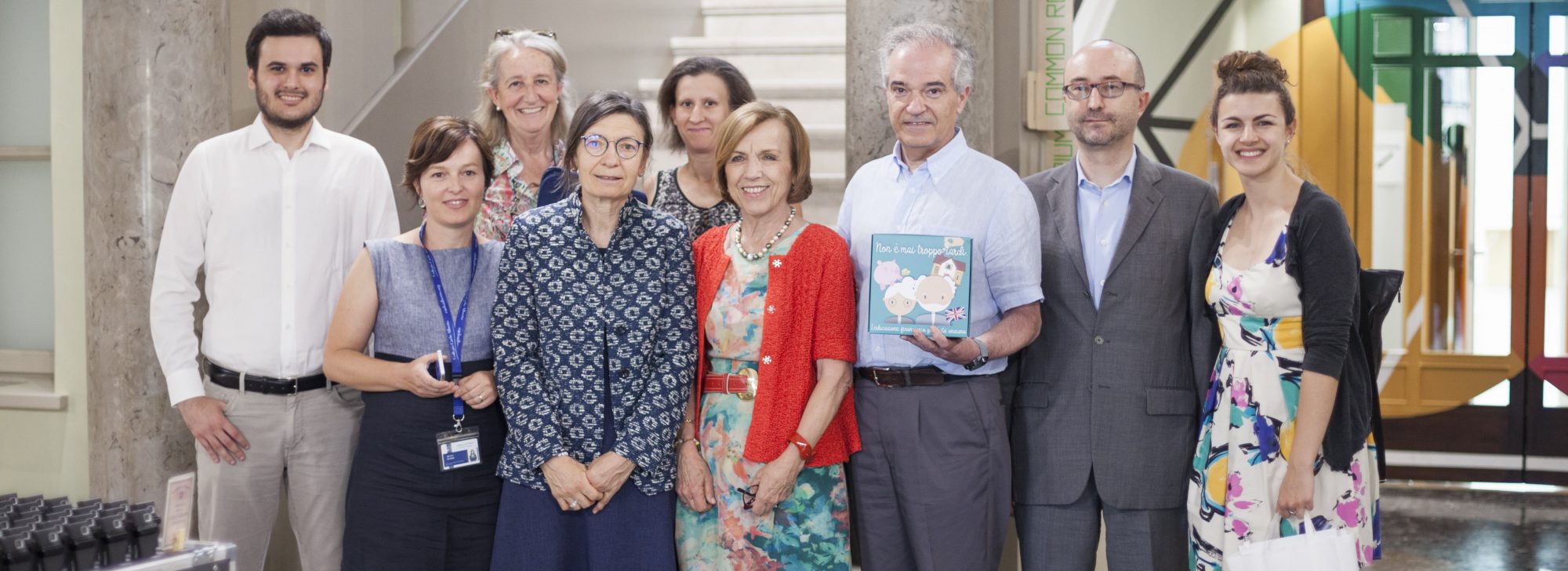The survey was performed by the Italian financial supervisory authorities (Banca d’Italia, Consob, COVIP, IVASS) in collaboration with the Turin Savings Museum and the Fondazione per l’Educazione Finanziaria e al Risparmio (FEDUF)
The survey, which is a first step towards a national strategy for financial education, highlighted the heterogeneity, fragmentation and limited effectiveness of financial education initiatives carried out between 2012 and 2014 in Italy. It showed that most programs are run with scarce resources, are too general and not tailored to specific groups, do not reach more vulnerable groups, and lack a proper ex-post assessment of their effectiveness in terms of changing behaviors.
While there are several programs addressed to school children (although not uniform and not coordinated), the initiatives targeted to adults and groups at risk (women, old people) are few and so far involved a restricted amount of people. As a result, the levels of adults' and students' financial literacy in Italy remain among the lowest reported in the advanced economies.
The authors recommended that efforts are made in the future to pursue synergies among the existing programs, to implement specific activities for vulnerable groups, and to effectively monitor the results of the actions, with the aim of developing a shared strategy on financial education. The results of the survey have been presented at the Bank of Italy on January 18, 2017.
The full text of the survey (in Italian) is available here:
http://www.bancaditalia.it/media/notizia/l-educazione-finanziaria-in-italia-oggi-e-domani
An overview in English is available here:
www.bancaditalia.it/media/notizia/financial-education-in-italy-today-and-tomorrow?com.dotmarketing.htmlpage.language=1
Read the related article on Il Corriere della Sera (19/01/2017): Risparmio e cultura finanziaria: "Gli Italiani? Ultimi in classifica"

